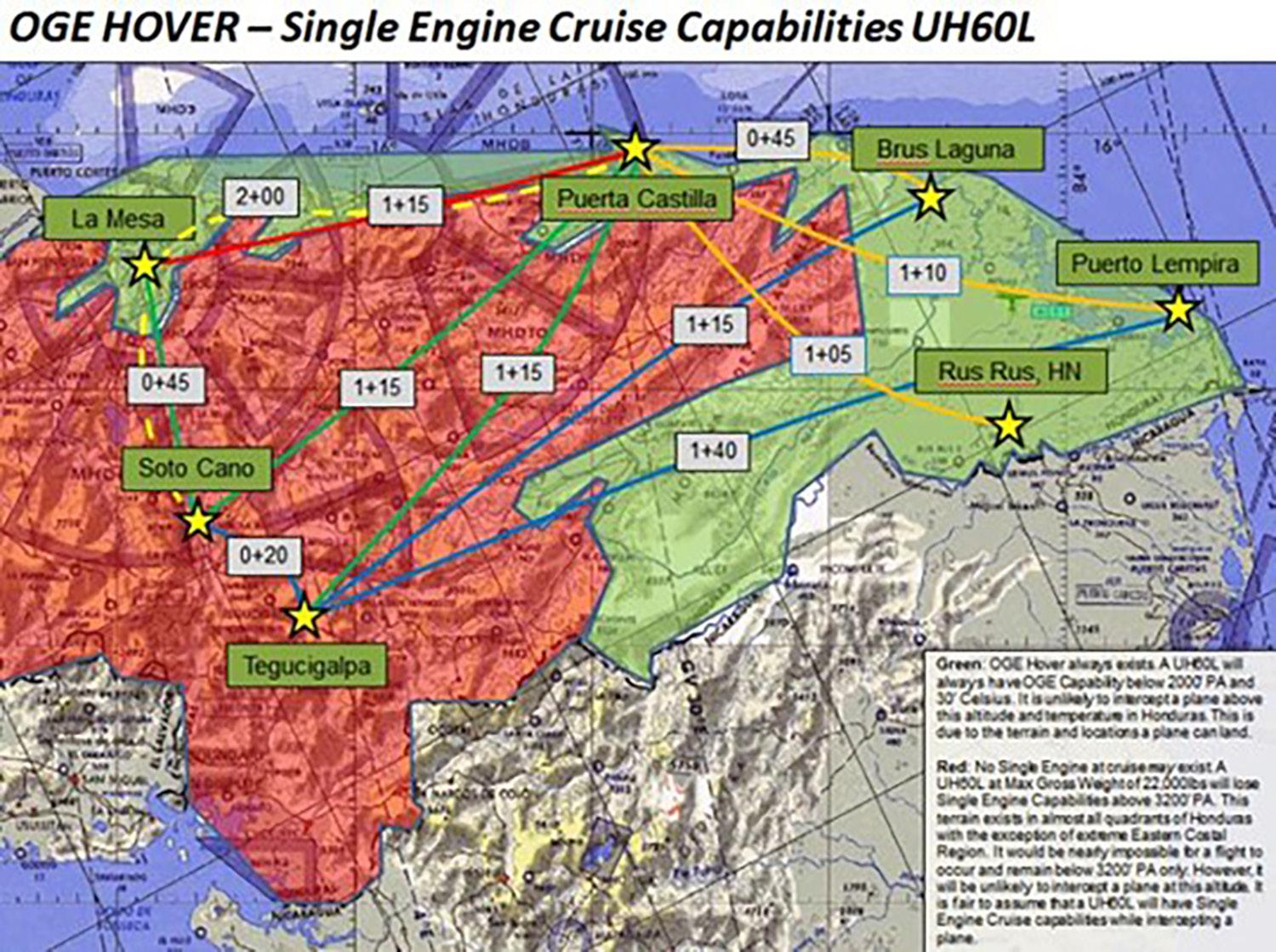
3 minute read
The Curious Case of the ESB - HSC-28 Det 1- LT Christian Amelia, USN
The Curious Case of the ESB - HSC-28 Det 1 By LT Christian Amelia, USN
As the Navy continues to modernize its surface fleet and employ existing platforms across new mission sets, it is critical to evaluate the manner in which Naval Aviation assets can integrate to form an effective naval fighting force. It is with this ideal that the HSC-28 Detachment One “Ghostriders,” primarily stationed in Naples, Italy in support of the USS Mount Whitney (LCC-20), went aboard the USS Hershel “Woody” Williams (ESB-4) on a first-of-its-kind deployment.
The Expeditionary Sea Base (ESB) is an interesting platform, both visually and conceptually. With a large openair mission deck, flight deck, and super-structures both fore and aft, it is surely a vessel to admire. Not to be outdone by its fascinating visual appearance, the ESB’s concept of operations and technology highlight the high-end fighting capability that will be crucial for continued maritime success in the future. Primarily developed for Special Operations support and Airborne Mine Countermeasures, the ESB could potentially be the premier platform for the MH-60S to employ all of its various mission sets and capabilities, to include the MQ8B/C.
After a successful onload, our detachment departed Naples for Souda Bay, Greece where the ship embarked a SEAL Team, Special Boat Team, and Air Force 352nd SOW CV-22s to prove the interoperability of these various entities aboard the ESB. For the next two weeks, our detachment successfully integrated with all of the embarked units, employing TTPs we regularly practice in training. We completed day and night CASEVAC hoists from Combat Craft Assault (CCAs), sniper shoot evolutions, fastrope insertions to the flight deck of the ESB, and sniper overwatch for a simulated Helicopter Visit, Board, Search, and Seizure (HVBSS).
For the rest of the deployment we worked our way down the West African Coast to the Gulf of Guinea, an area which is sure to see an increased Navy presence in the future. The Gulf of Guinea has quickly become one of the most piracy-prone areas in the world. During the transit, our detachment and ESB-4 completed multiple SAR exercises, ship maneuvers, and communication and radar exercises with coastal African nations’ coast guards and militaries, laying the groundwork for future integration with our partners in the region. The communication and radar exercises were of supreme importance as they will allow the Gulf of Guinea nations to work in a more cohesive manner to identify and track suspected pirates, suspicious maritime traffic, and illegal, unreported, and unregulated (IUU) fishing. COVID was of course a limiting factor in our ability to complete more complex exercises with these nations. In the future, the ESB and aviation assets embarked could certainly perform high level training with the very competent militaries of the area.
In all, the first MH-60S deployment aboard the Hershel “Woody” Williams was an experience rich with lessons learned. At its core, the capabilities of the ESB should greatly pique the interest of the MH-60 Community. HSC-28.1 spent 79 days embarked, flew 127.5 hours in support of operations with various US SOF elements, Morocco, Senegal, Ivory Coast, and Ghana. The “Ghostriders” performed three MEDEVACs - one of them life-saving - and flew two dissimilar formation flights with an Italian NH-90 and a Spanish SH-60B, all while maintaining a 98% sortie completion rate with a single aircraft. The ESB will need to continue to develop and define their role within the overarching goals of the National Defense Strategy and HSC-28.1 has proven that the MH-60 should be right alongside it for the creation of the roadmap.










